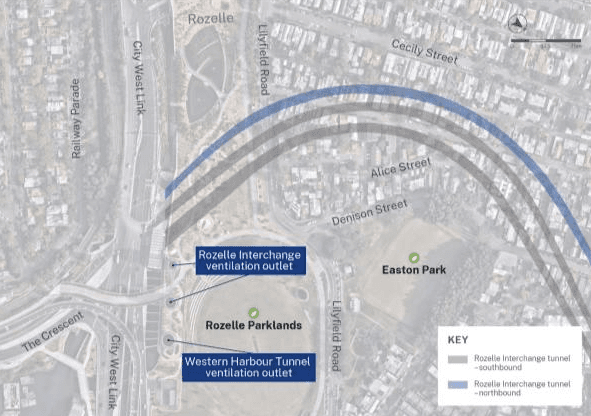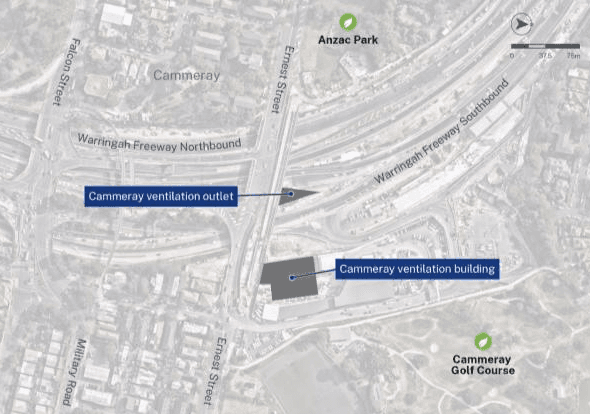Overview
The Western Harbour Tunnel (WHT) Air Quality Community Consultative Committee (AQCCC) will be established to provide input and advice on the location of air quality monitoring locations and related issues. The AQCCC for WHT will be established in early 2025.
The committee will be made up of representatives from Transport for NSW, Inner West Council, North Sydney Council, and members of the local communities who live near the Rozelle ventilation facility or Cammeray ventilation facility.
The AQCCC’s role is to provide advice on the location of the air quality monitoring stations, have a say on environmental management plans and other operational documents, review compliance tracking reports, audit reports, complaints relating to air quality, and manage the dissemination of monitoring results, during construction and operation of the tunnels.
The AQCCC is a voluntary body that performs an advisory and consultative role. It is not a decision-making or regulatory body.
Tunnels in NSW are built to meet strict air quality standards using state-of-the-art ventilation and tunnel design. For more information, please click here to visit our air quality portal.
Expressions of Interest
Expressions of interest for community representatives who live near the ventilation facilities in Rozelle or Cammeray have now closed. All applications are being reviewed and applicants will be contacted shortly.
Meetings and minutes
The AQCCC will meet around four times per year, starting early 2025. Meetings will continue for up to two years after WHT opens to traffic, expected by late 2028.
Participation includes attendance at these meetings, reading business papers and providing input at meetings on issues related to air quality.
Meeting minutes and presentations, where applicable, will be published here when available.
Western Harbour Tunnel ventilation facilities location
There are two ventilation facilities for WHT. These are located at City West Link, Rozelle, built as part of the Rozelle Interchange project, and on the Warringah Freeway, north of Ernest Street, in Cammeray, where they will be built as part of WHT.
These elevated ventilation facilities are very effective in ejecting tunnel air high into the atmosphere through a combination of buoyancy and speed. Once in the atmosphere, the ejected tunnel air dilutes hundreds of times as it mixes with the surrounding air and becomes indistinguishable from background levels.


Online Information Session - Tunnel Ventilation and Air Quality - July 2025
Curious about tunnel ventilation and air quality? Watch our information session below to learn more.
